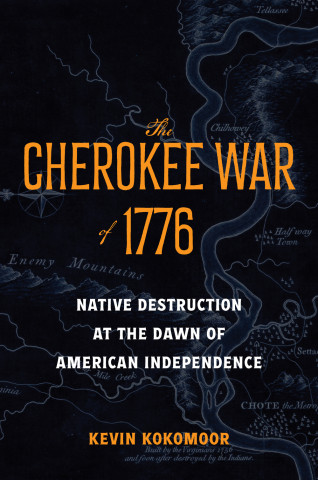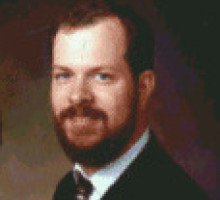
Reviews
A lively and engaging account.
Hoffer has offered a provocative challenge to the standard telling of American state development and future scholars would do well to take his argument seriously.
Ideally suited for constitutional scholars in history, political science, and law... Academic and law libraries should definitely add it to their collections.
An interesting and ambitious study. It will be a substantial contribution to the burgeoning fields of political development in political science and policy studies in history. It is sophisticated in its argument and recognizes that history is neither neat nor necessarily linear in the development of institutions and frames of reference.
Book Details
Introduction: "Badly in Detail but Well on the Whole": The Second State
Prologue: "The Great, Noisy, Reedy, Jarring Assembly": The Capitol, Lawyers, and Public Space
1. A "Government of States"
Introduction: "Badly in Detail but Well on the Whole": The Second State
Prologue: "The Great, Noisy, Reedy, Jarring Assembly": The Capitol, Lawyers, and Public Space
1. A "Government of States": Sponsorship and the First Debate on Land Grant Colleges, 1858–1861
2. "The Object of a Democratic Government": Sponsorship and Supervision of Agriculture and Land Grant Colleges, 1861–1863
3. "A Government of Law": Sponsoring and Supervising the Freedmen, Abandoned Lands, and Refugees, 1863–1865
4. The "Two Great Pillars" of the State: The Supervision and Standardization of Education and Law Enforcement, 1865–1876
5. "To Change the Nature of the Government": Standardizing Schooling and the Civil Service, 1876–1883
6. "What Constitutes a State": Supervising Labor and Commerce, 1883–1886
7. "A System Entirely Satisfactory to the Country": Standardizing Labor and the Courts, 1886–1891
Conclusion: "To Answer Our Purposes, It Must Be Adapted"
Acknowledgments
Notes
Essay on Sources
Index






